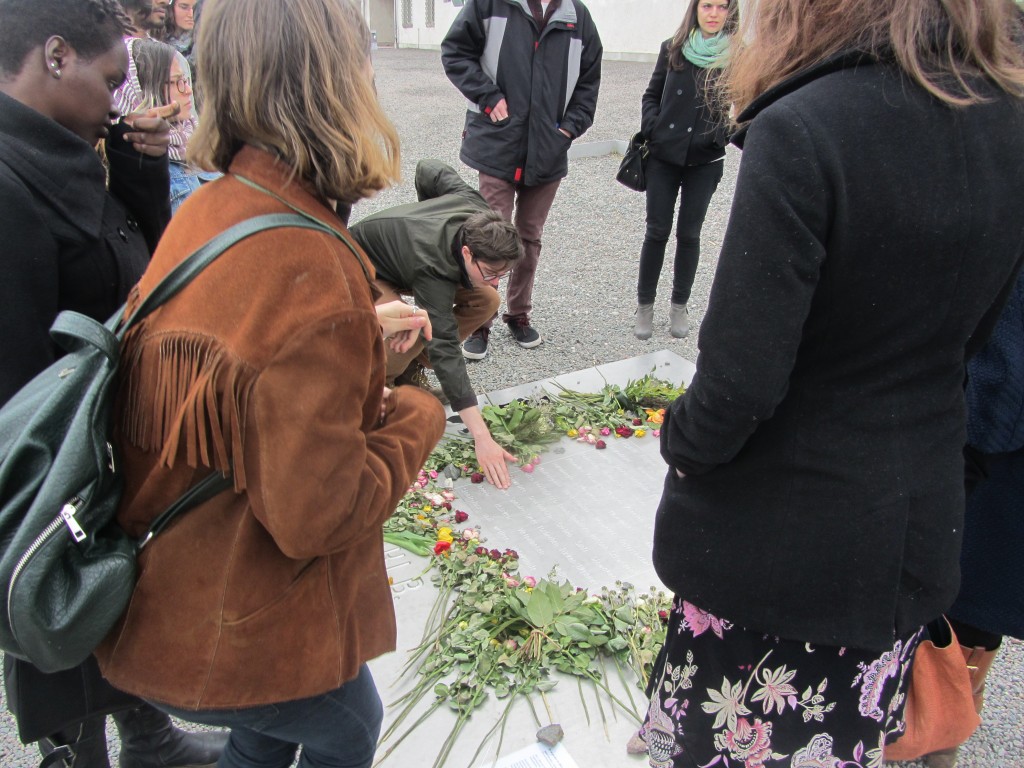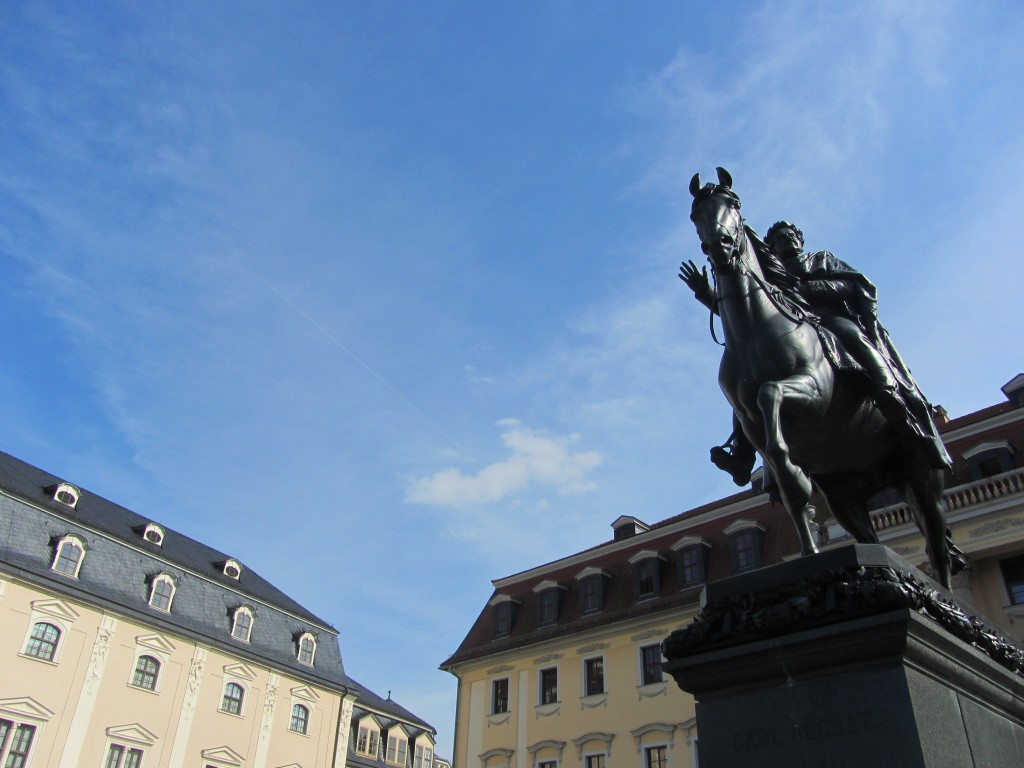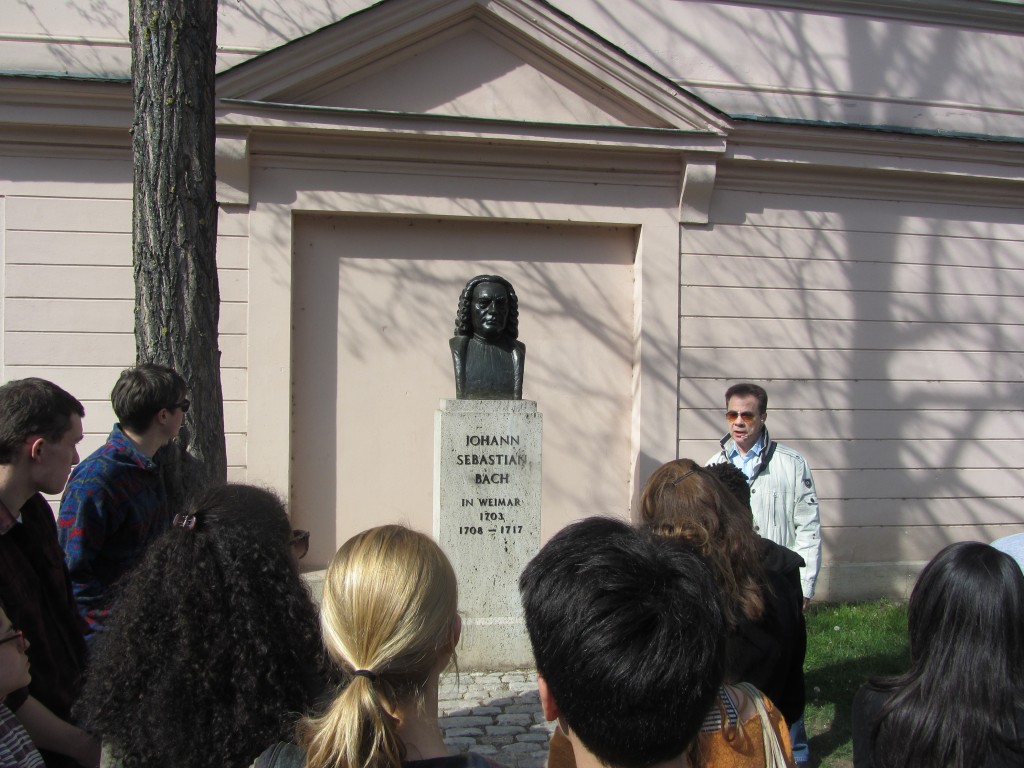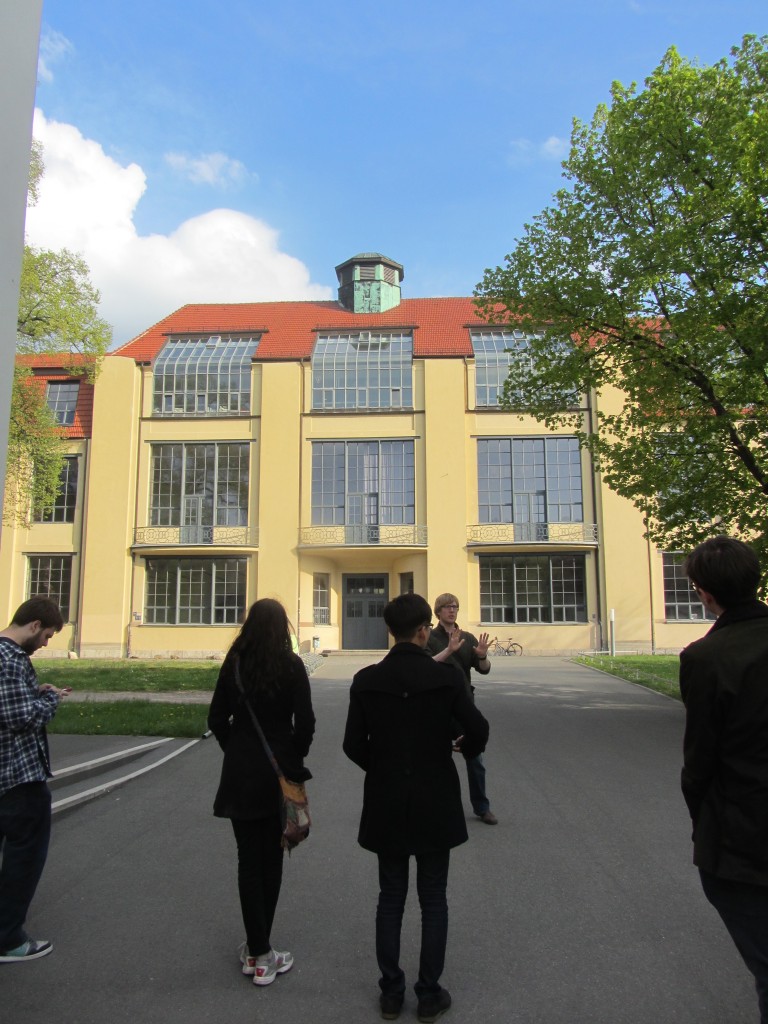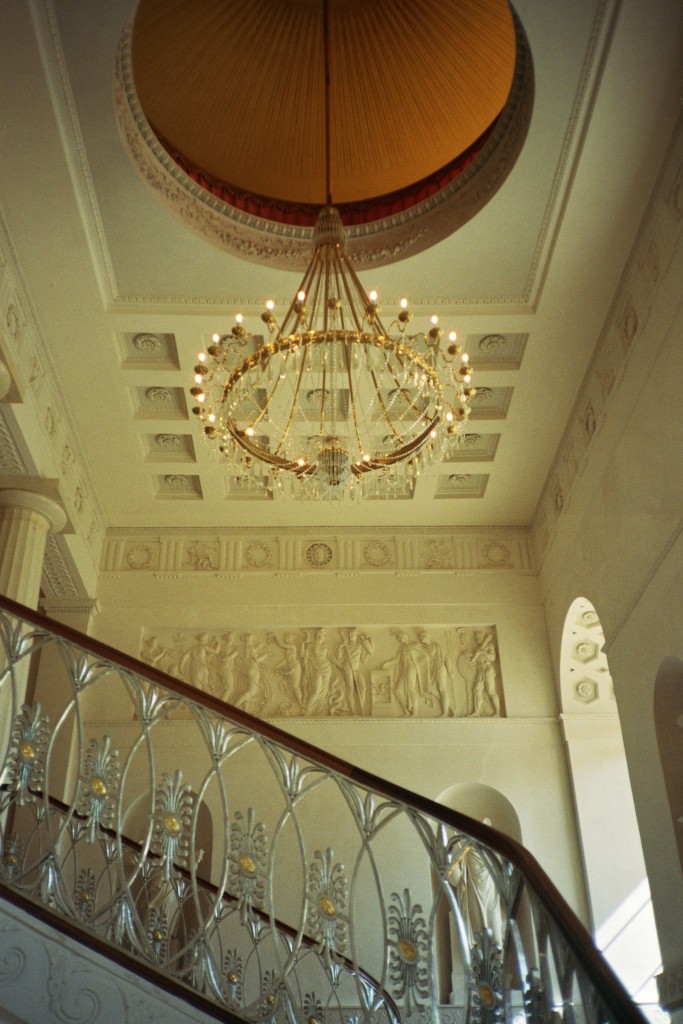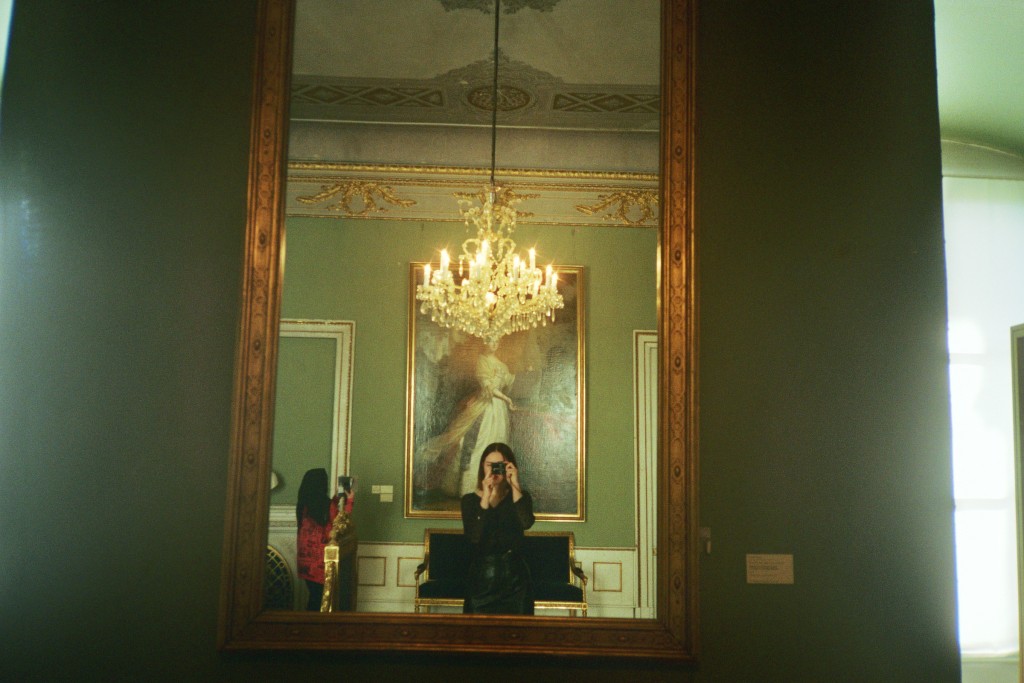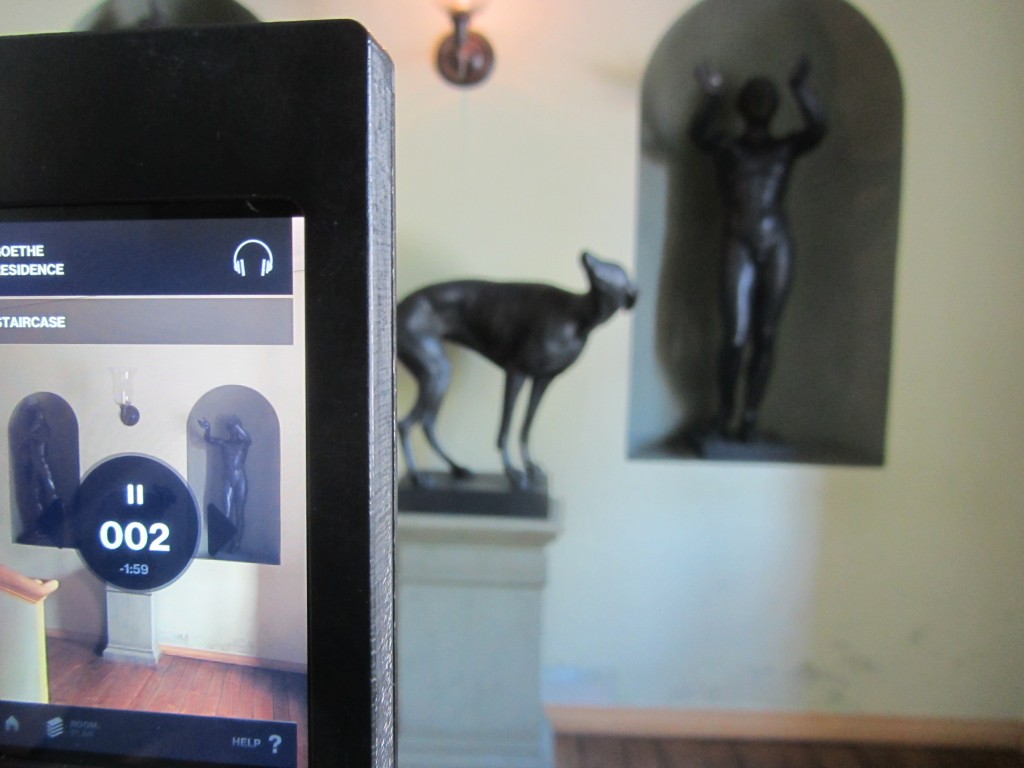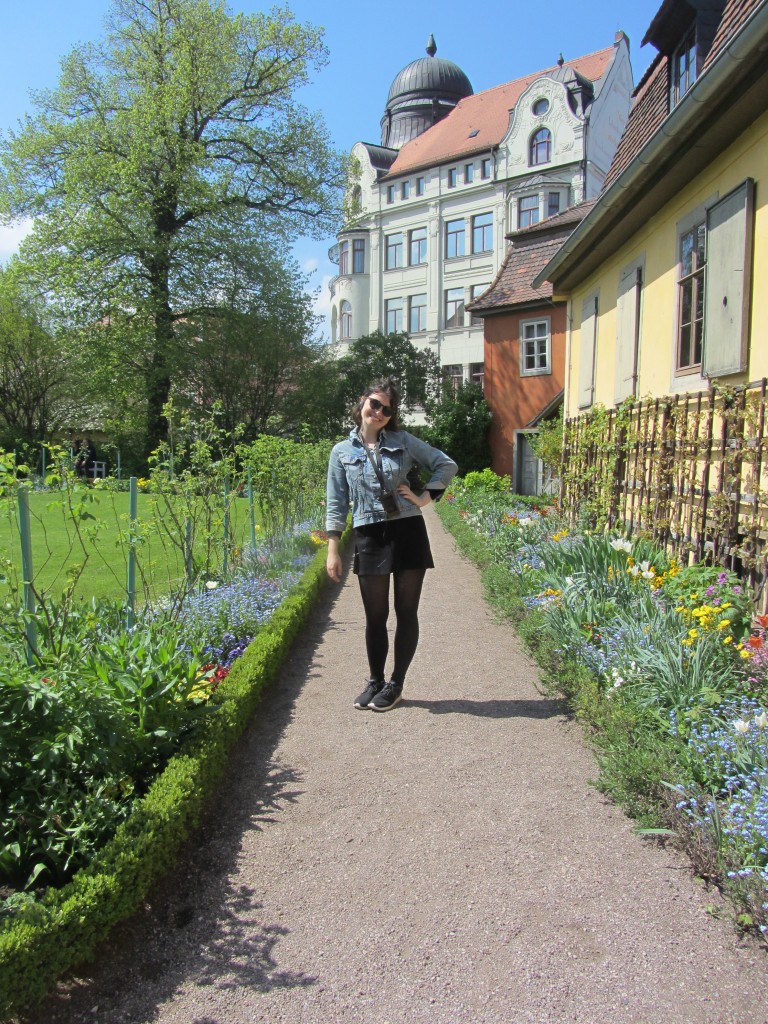Last weekend, members of the junior core course Berlin: Experiment in Modernity, and City for Citizens, took a trip to the historic town of Weimar. Though Weimar was small enough to wander and easily find our way back to the hostel, it was rich with more than 15 museums, with special attention paid to former residents Wolfgang von Goethe and Friedrich Schiller. The trip was packed with tours and paid-for meals, but there was plenty of room to eat ice cream and be playful on top of that.
Students on a guided tour of the Bauhaus University, where Walter Gropius founded the Bauhaus movement in 1919. The buildings on campus were specially constructed to maximize the potential of student-art; indirect light sprinkles into the classrooms of painters, as direct light fills the classrooms of sculptors to promote more dynamic pieces.
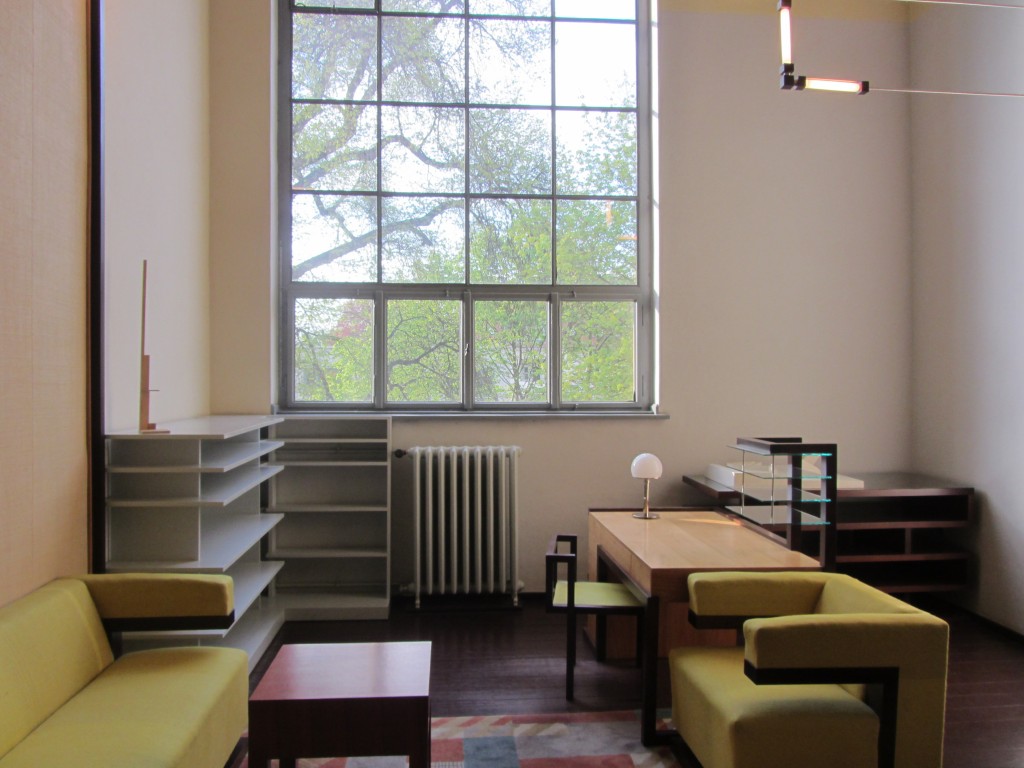
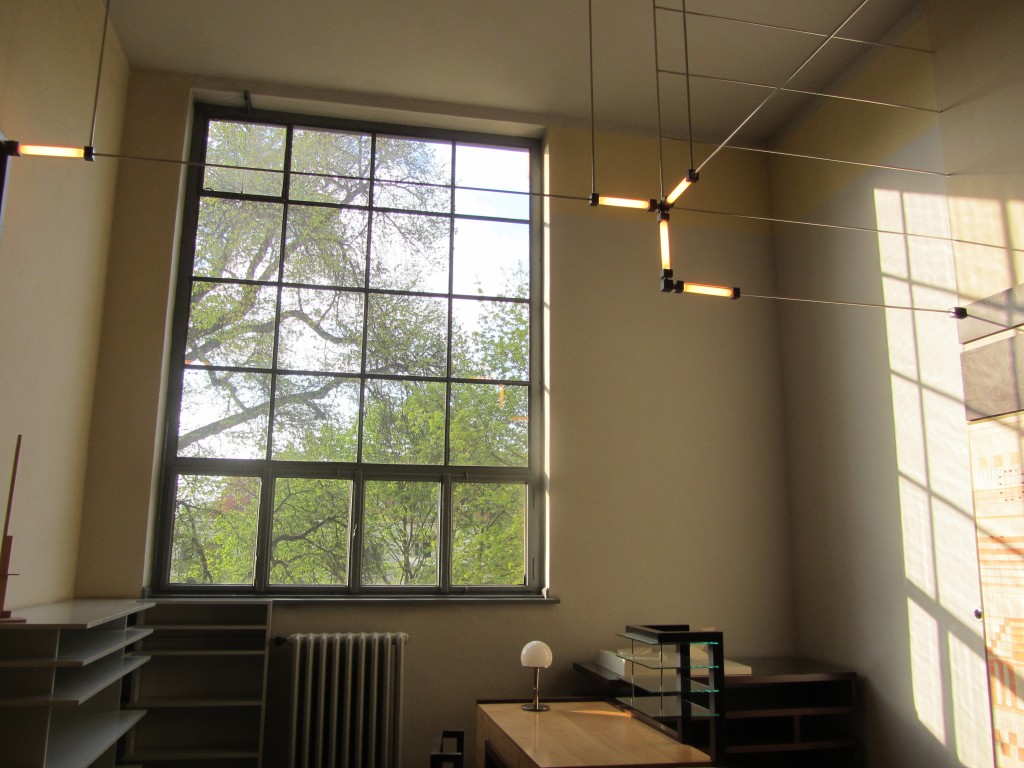 The office of Walter Gropius, headmaster of the Bauhaus school. Though aesthetically pleasing, this office was not completely functional, with an almost backless chair, and light bulbs an arm and a leg to replace.
The office of Walter Gropius, headmaster of the Bauhaus school. Though aesthetically pleasing, this office was not completely functional, with an almost backless chair, and light bulbs an arm and a leg to replace.
The dreamy stairwell in the Schlossmuseum––a former palace.
Mirror-selfie in the Schlossmuseum.
Encased iPhones led us through the home and exhibition of Wolfgang von Goethe.
Third year (Bard in Berlin) Cason Hall in Goethe’s garden, where many students took a break to sunbathe.
Third-year Sylvia Estes (aka Sylv, Bard in Berlin) explores Goethe’s candy-colored ceiling room.

